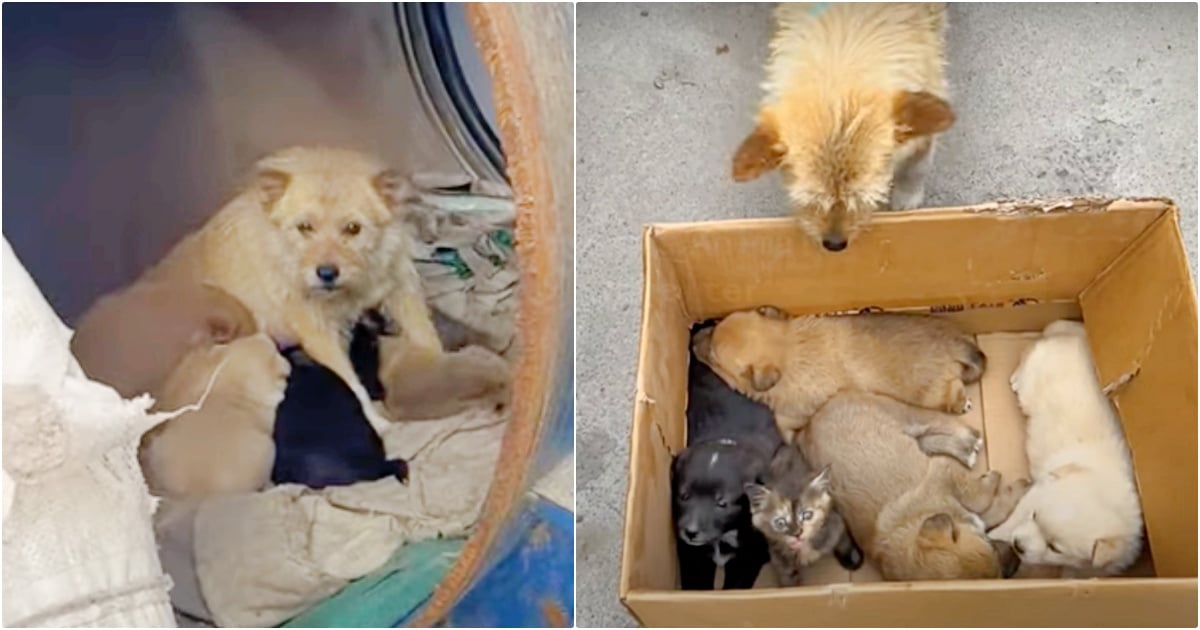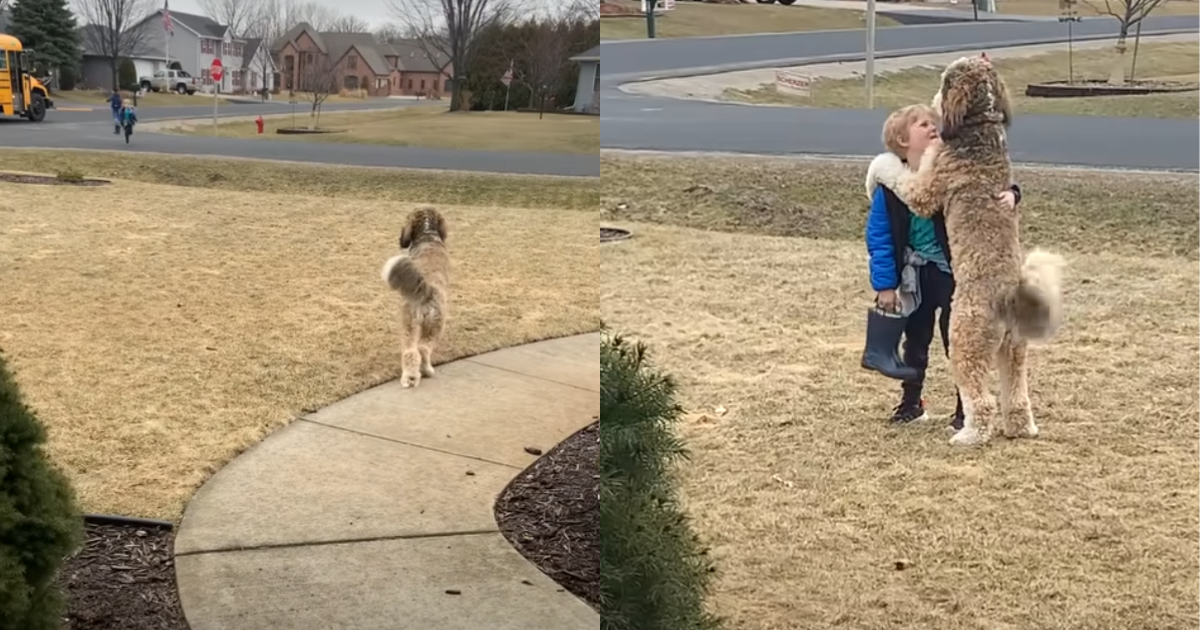
With the new school year approaching, your kids aren’t the only ones who need to adjust to new routines. Our dogs, who have enjoyed months of constant companionship, can experience what we might call the “back-to-school blues.” Here’s how you can help your furry family member cope with this significant change in their daily life.
Understanding Your Dog’s Perspective
Dogs thrive on routine and social interaction. When the house suddenly becomes quieter and their human playmates disappear for hours each day, it can lead to confusion, anxiety, and even depression in some dogs. Signs that your dog might be struggling with the transition include:
- Excessive barking or whining
- Destructive behavior
- Loss of appetite
- Excessive panting or drooling
- Lethargy or oversleeping
- Clinginess when you are home
Tips for a Smooth Transition
- Gradual Adjustment: Start adjusting your dog’s routine before the school year begins. Gradually shift mealtimes, walks, and play sessions to match the upcoming schedule. This helps your dog adapt more easily when the real change occurs.
- Create a Comfort Zone: Set up a cozy area where your dog can relax during the day. Include their bed, favorite toys, and perhaps an article of clothing with your scent. This can provide a sense of security in your absence.
- Interactive Toys and Puzzles: Keep your dog mentally stimulated with puzzle toys or treat-dispensing toys like a KONG. These can provide hours of engagement and prevent boredom-related behaviors.
- Background Noise: Leave the radio or TV on at a low volume to provide comforting background noise and make the house feel less empty. Studies show that classical music may reduce symptoms of stress for our pups.
- Morning Exercise: Take your dog for a brisk walk before you leave for the day. This can help tire them out and reduce anxiety.
- Midday Check-Ins: If feasible, arrange for a family member or friend to visit your pup midday for a walk or play session. This breaks up the day and provides social interaction.
- Quality Evening Time: When you return home, make sure to spend quality time with your dog. This could include a walk, playtime, or simply cuddling on the couch. This reassures your dog and strengthens your bond.
- Consider Doggy Daycare: Bringing your pup to doggy daycare can provide the positive interaction and stimulation they crave. At Dogtopia, your furry friend can enjoy days full of supervised play with other dogs and humans, safe socialization where they can learn positive behavior, and plenty of attentive care. And since we know you miss your pup too, we have live webcams that let you check in on them throughout the day. A regular routine of dog daycare ensures your pup is getting what they need even with a hectic schedule. Find a Dogtopia near you today to discover the Dogtopia difference.
When to Seek Help
If your dog shows signs of severe separation anxiety or depression that doesn’t improve after a few weeks, consult with your veterinarian. They may recommend behavior modification techniques or, in some cases, medication to help your dog cope.
With patience, understanding, and a little extra TLC, most dogs can adjust well to the back-to-school routine. Before long, they’ll be happily greeting their little humans at the door when they return.
This blog was reviewed/edited by Dogtopia’s Director of Health & Safety Lorraine Rhoads, an experienced animal biologist and environmental scientist.











